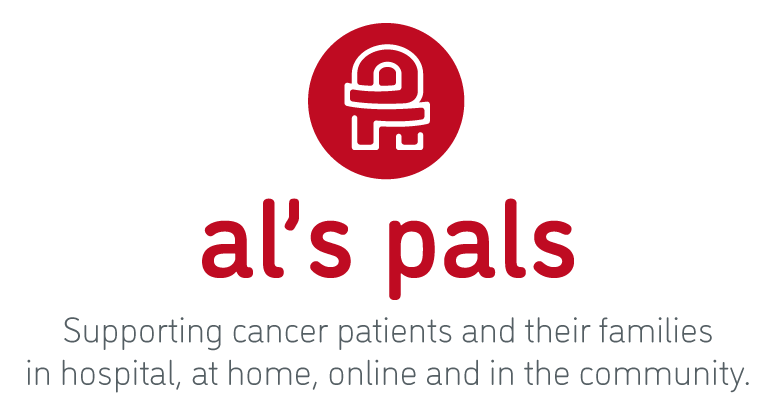

Production grade data pipelines with IOblend
Blogs
Hello folks,
Hope you are all doing well. Let’s talk production grade data pipelines today.
What makes a modern production-grade data pipeline?
A question we have been answering more often than not. Not all data pipelines are built the same.
For us, production-grade means the data pipeline will perform reliably and robustly in live environments and the data coming out as the end-product can be trusted. These are not the pipelines generally used for data development or experimentation, but the ones that are created after the data product design is signed off. They are generally called the “best practice” data pipelines.
The best practice production-grade pipeline is the one that can handle a wide range of essential, “supplementary” tasks on top of the basic ETL/ELT. These encompass data management and governance tasks on top of creating the actual data pipeline logic. Production-grade data pipelines must be robust, resource efficient and flexible. Its components should ideally be easily shareable and re-usable by the dev community. They must be fully automated with no/minimal maintenance needed.
Such data practice is paramount for a streamlined data architecture to ensure that no technical debt is generated over time. This means no more questions like “where is this data coming from?”, “why has it changed?”, “what is this data and who owns it?”, “is this data in real time?”. Production grade means you can trust the data you are receiving.
We have summarised the tasks below to illustrate what they are.
|
Data lineage at record level |
Data tables management |
|
System auditability |
CI/CD versioning and deployment |
|
Inline data quality |
Data archiving |
|
Error management |
Data monitoring |
|
Data recovery |
Dataflow scheduling |
|
Late arriving data management |
ETL/ELT/Reverse ETL |
|
Change Data Capture (CDC) |
Schema drift management |
|
Streaming data & batch processing |
Supports deployment on Cloud |
|
Metadata management |
Supports deployment On-prem |
|
Data ingestion |
Testing framework |
|
Complex data aggregations |
High Volume Processing |
|
Slowly Changing Dimensions (SCD) |
Automatic state management |
Such pipelines take a considerable effort by skilled data engineers to create and manage, especially since the design specifications vary from one pipeline to the next and keep evolving over time (e.g. new data sources, different transforms, changing sinks, etc). The engineers must create/adapt/test these components for every pipeline they develop.
If a pipeline stumbles in the dev mode, it is no biggie – you can just tweak it. If one fails in a live critical system, the consequences will be severe. Imagine your revenue management system goes down and you need to trace the cause? If you could cut the recovery time from several hours to minutes (or no downtime at all)? How many millions of ££ is that going to save you?
At IOblend, we have built a no-code platform that embeds all of the above features in every single data pipeline created with it. The best practice “out-of-the-box”. We want to help you with the massive manual workloads, so that they could get much more value from putting the data to work for you fast and keep it working reliably.
Drop us a note to learn more about how we can save you a lot of trouble with your data, no matter how simple or complex your estate is.









